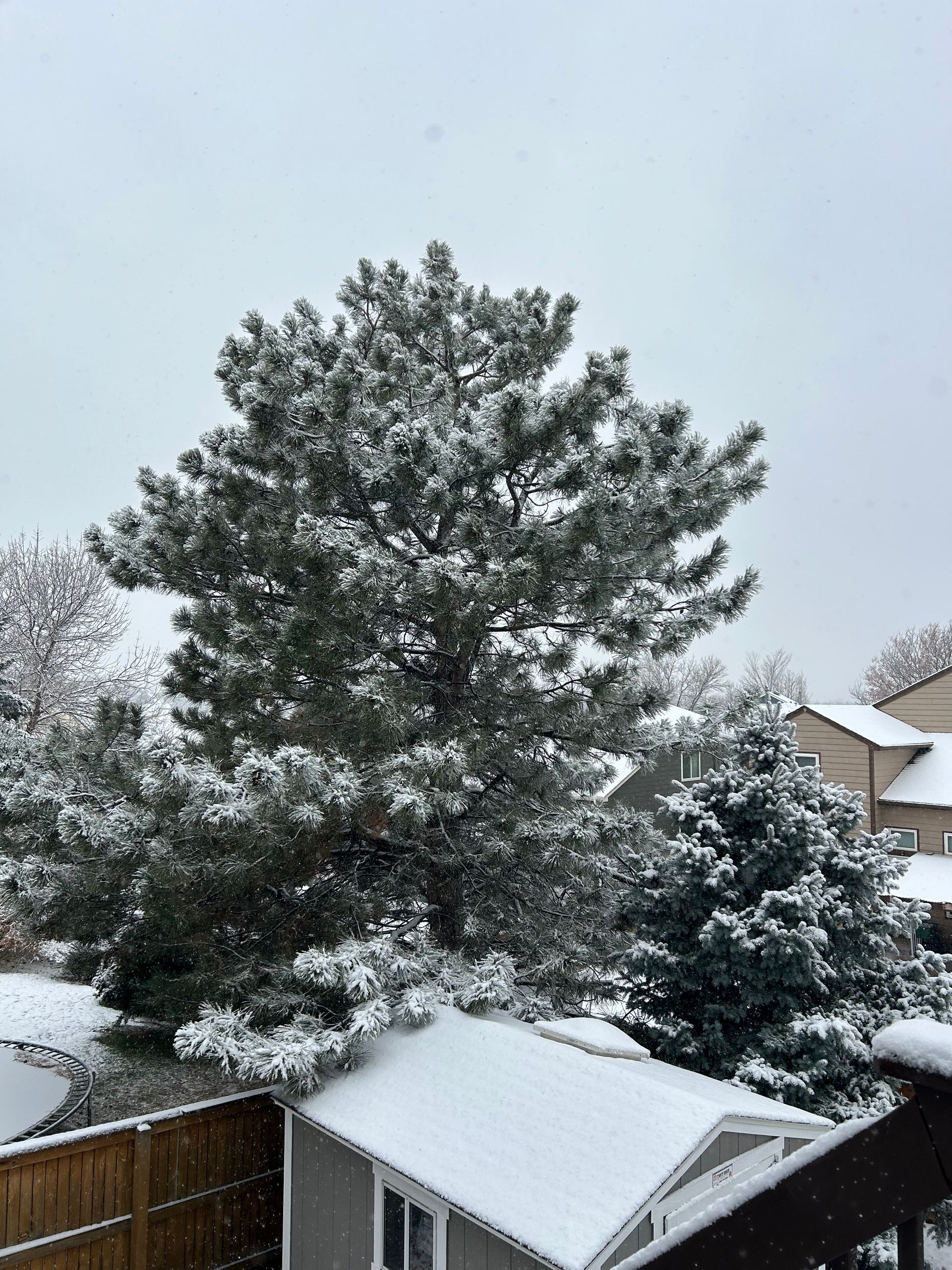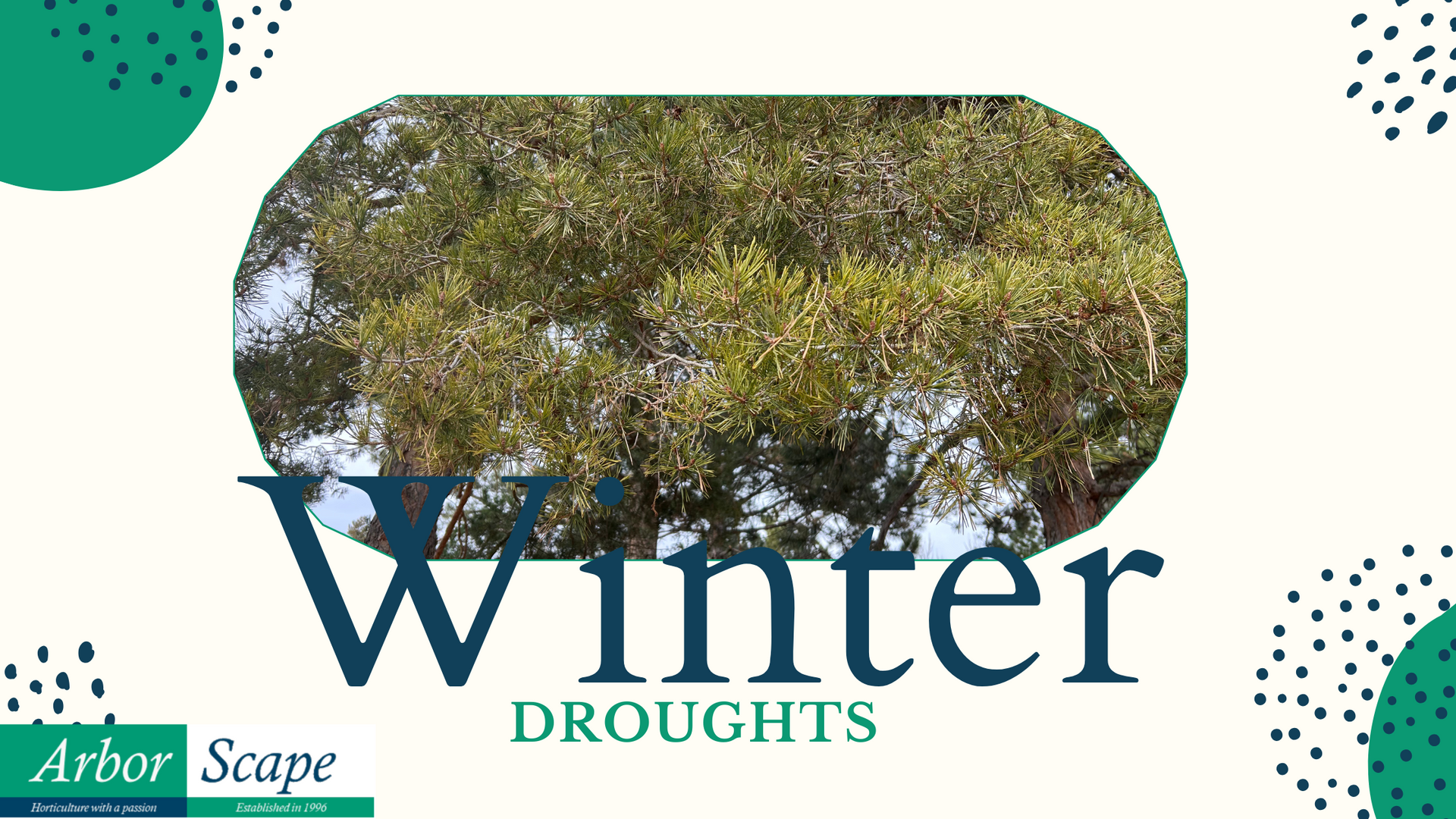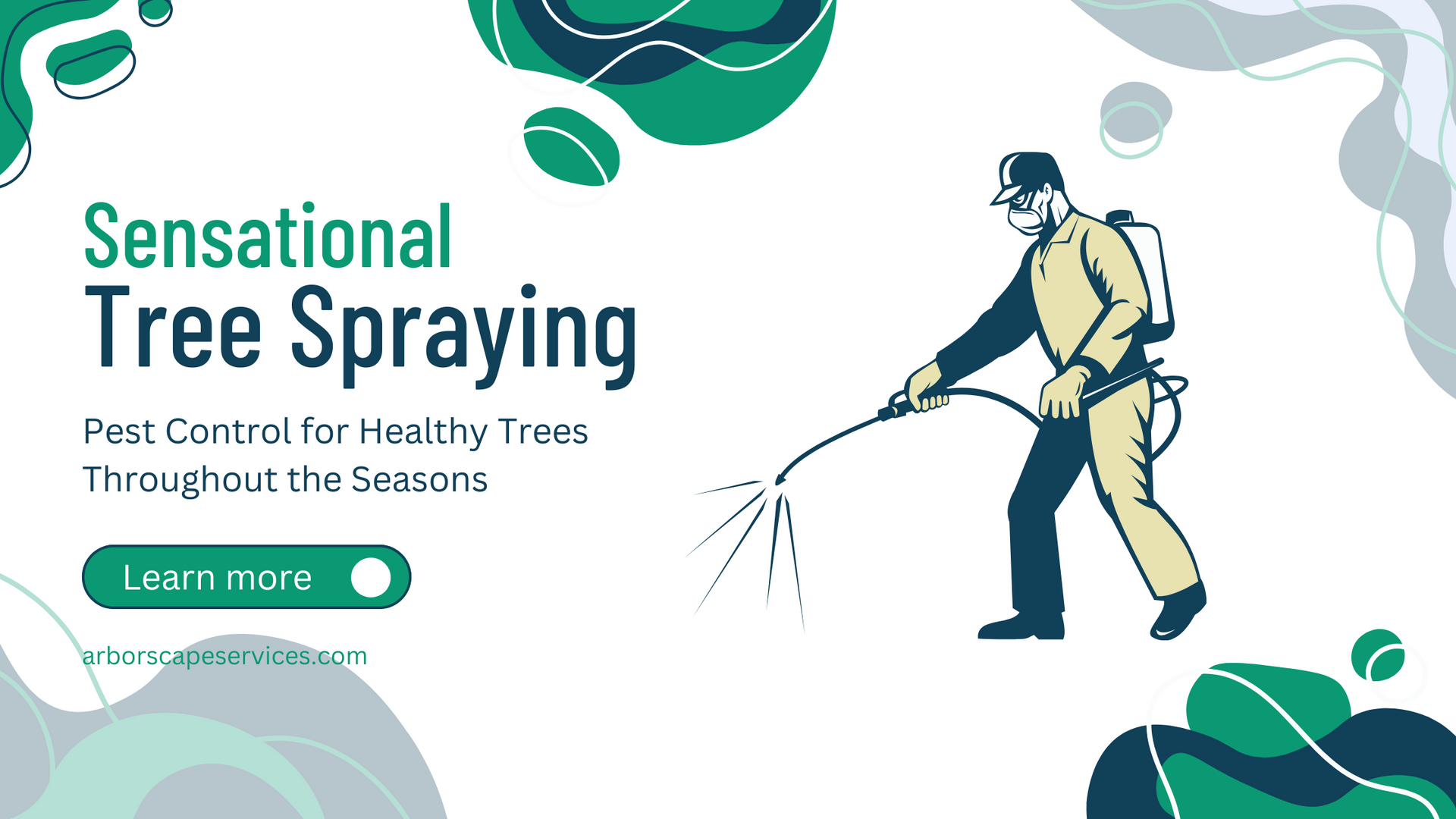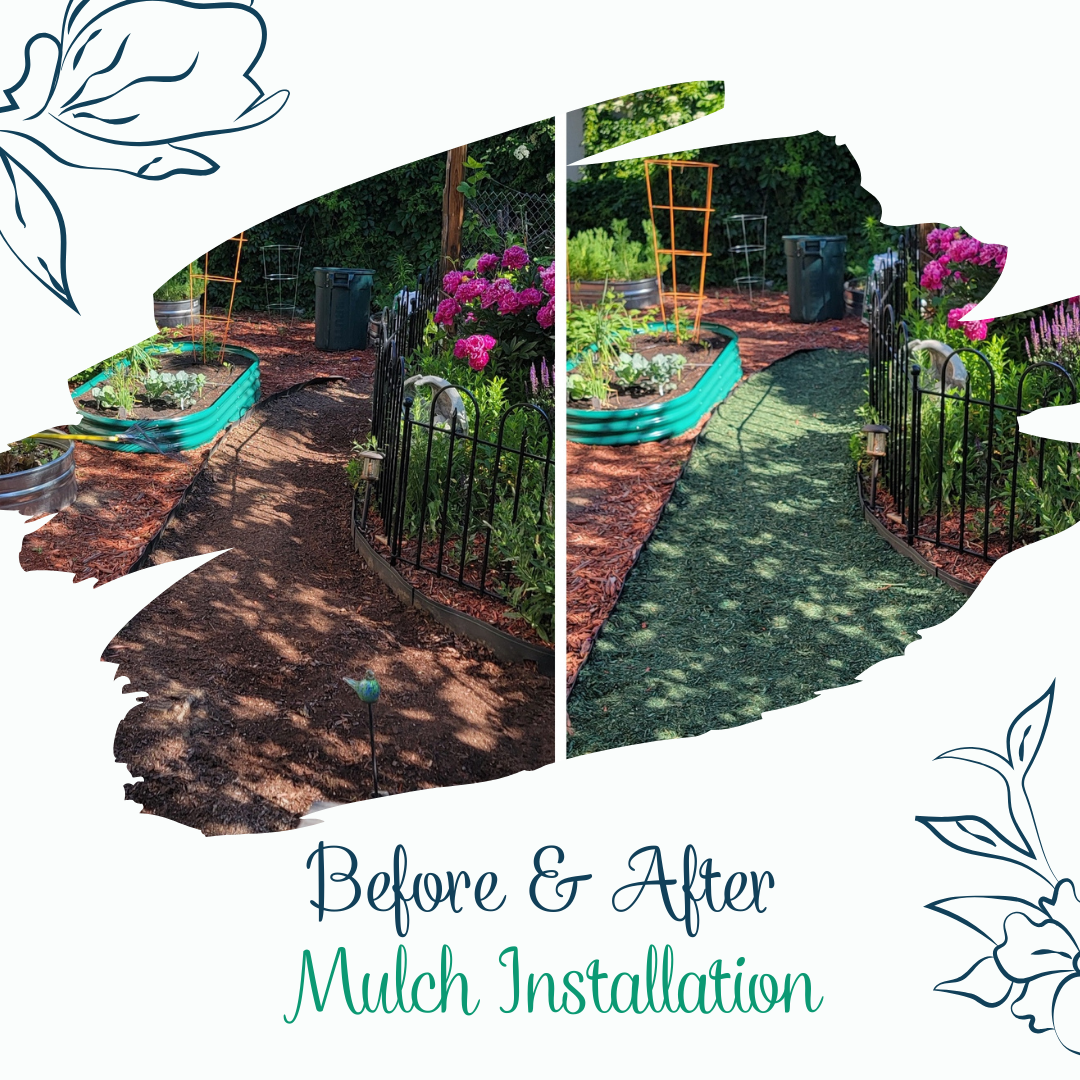Defying Winter Drought

Symptoms of Winter Drought
Winter drought effects can prove to be quite severe. Symptoms may differ from tree to tree, but you’ll usually see pine needles turning brown while other tree’s leaves curl up.
On both deciduous and coniferous trees, the leaves will change colors before dropping while their roots dry out under the frozen ground due to the inability to absorb moisture from the soil.
However, drought stress in deciduous trees can often look like leaf scorch, where the area most affected has curdled leaves that brown along the leaf margins or veins.
Meanwhile, on drought-stressed coniferous trees- mostly evergreens- the color changes depending on the species of tree.
For example, winter drought can have fir leaves changing to yellow or even red. Spruces usually turn yellow or brown but can even become red or purple depending on how advanced the case is.
With pines though, it’s important to note that the older needles browning before falling can also be due to natural needle drop, so further inspection may be needed to adequately determine the source of the problem.
That’s where ArborScape comes in. Our certified arborists have expert knowledge of the Denver area combined with the best tactics on how to rejuvenate your trees and maintain their health all year long.
While existing damage from winter drought can’t be reversed, the stress of it can be lessened with the proper horticulture practices.
Practices to Avoid Drought Stress
One such practice - and service that we offer - is winter watering. While watering your trees and plants seems like an obvious solution in the summer, watering in the winter is just as important for consistent health.
Deeply watering from the surface to a depth of 8-12 inches has been observed as the best method in getting enough water into the soil so the tree roots can properly absorb enough water and nutrients.
For optimal results, watering twice a month in the summer and once a month in the winter is recommended. Just be sure to not overwater your tree as you’ll end up with a whole other host of issues.
Another method to prevent drought stress is by properly mulching the base of your tree.
Mulch acts as a protective barrier against the natural elements, such as the scorching sun or gusty winds. It also retains moisture much easier than our Colorado soils.
So, when properly done, mulching your tree’s base can help reduce moisture loss and can even help improve moisture penetration into the soil.
While these practices are not a guarantee against the stress winter drought can bring, they can make a significant difference in the health and recovery of a tree.
If you’ve tried these methods and are still uncertain about the state of your tree, don’t hesitate to give us a call at (303) 806-8733. Our certified arborists will come out for a free estimate to discern the condition of your tree and find the right treatment plan for its overall health.
And if you have any other questions, check out our
website for more information on how we care for the trees in the Denver area.






Share On: